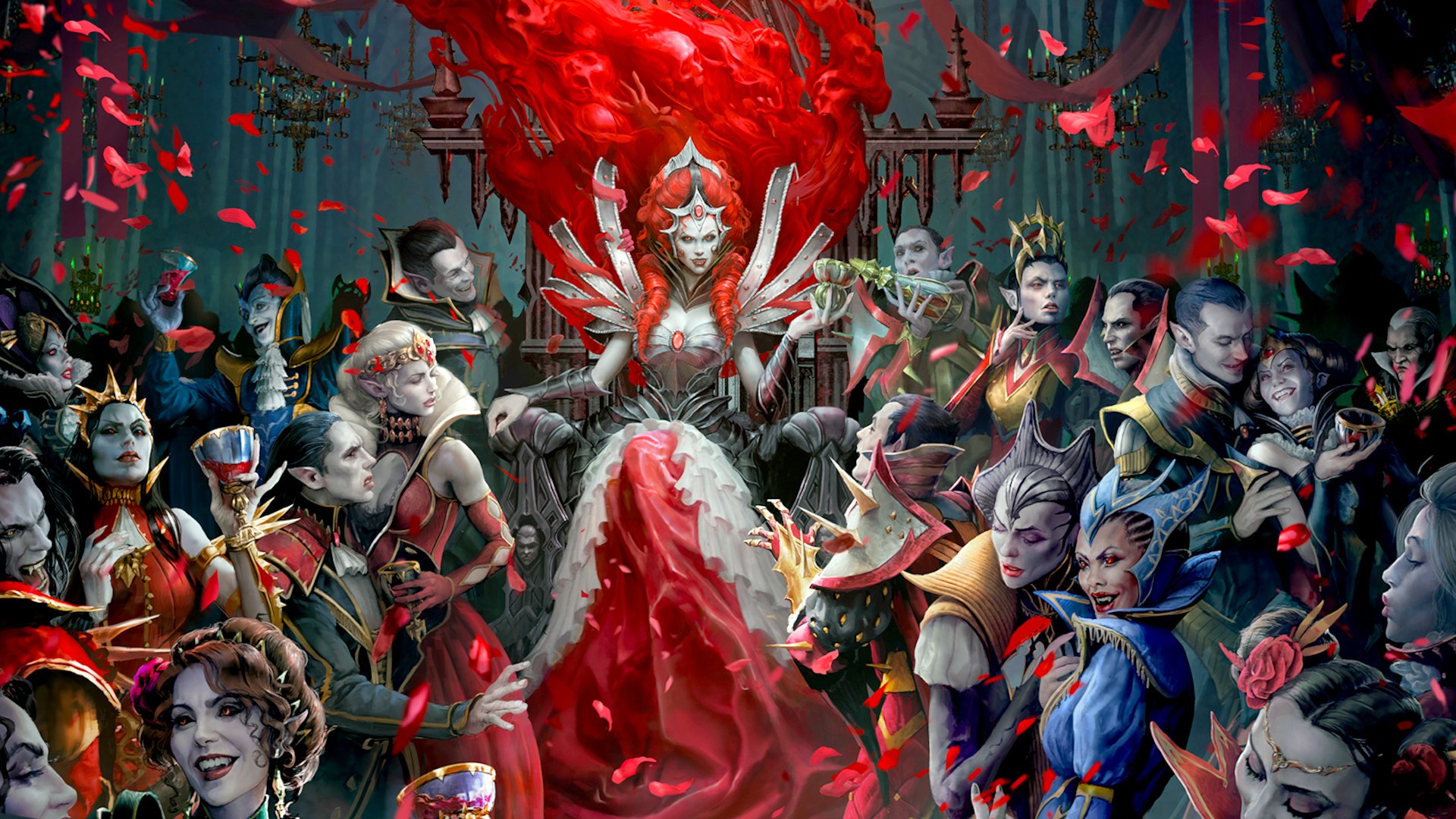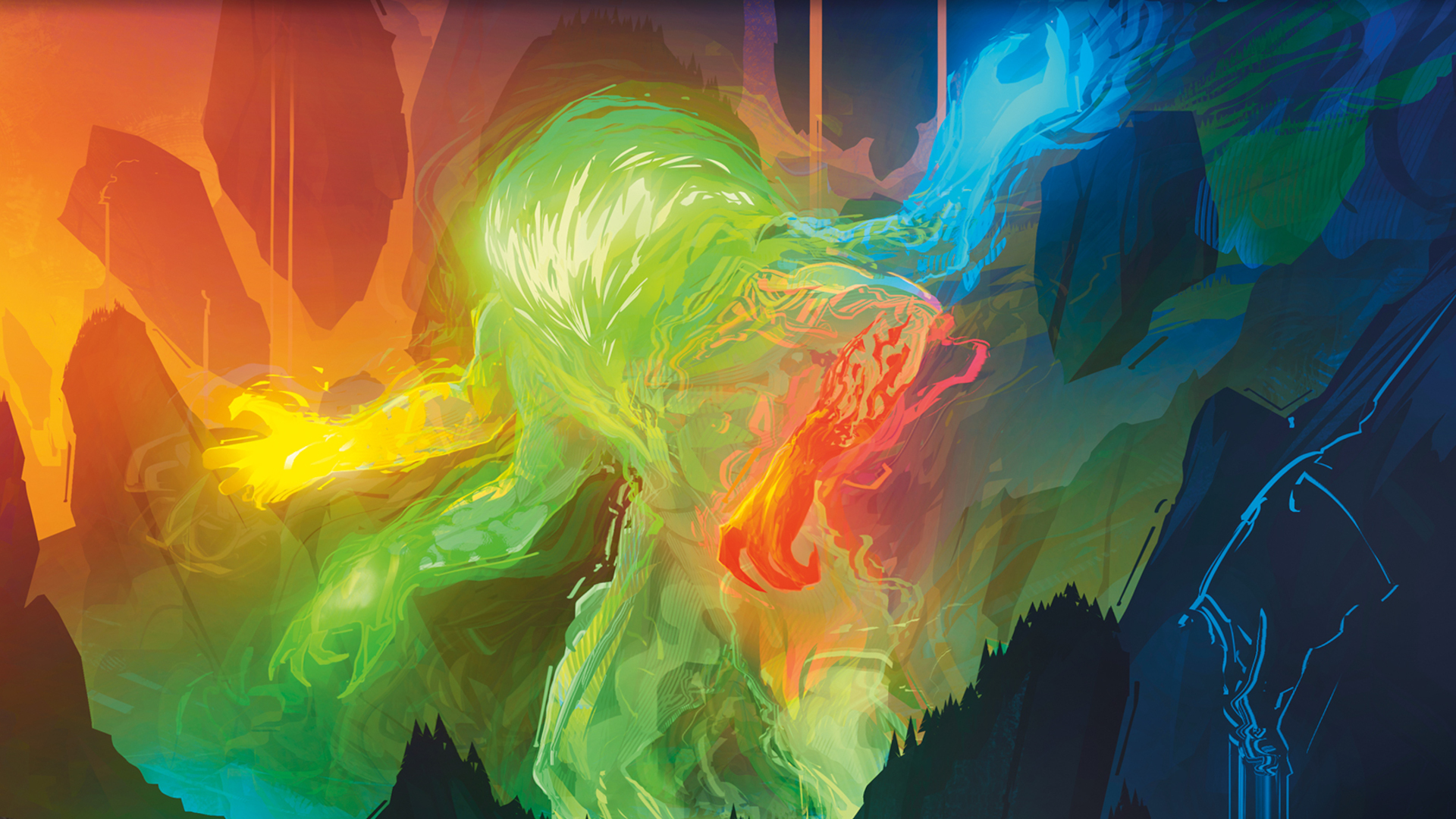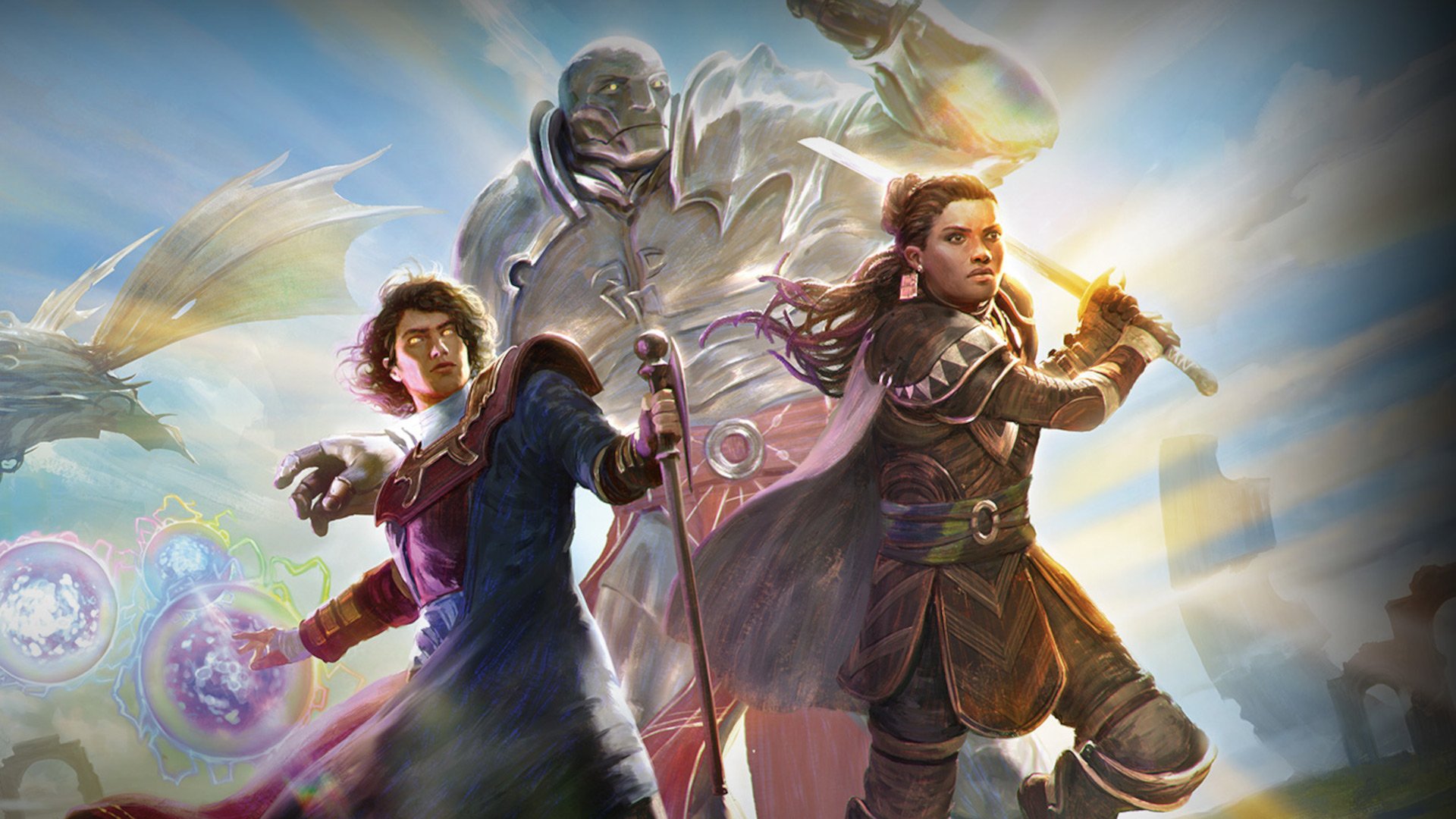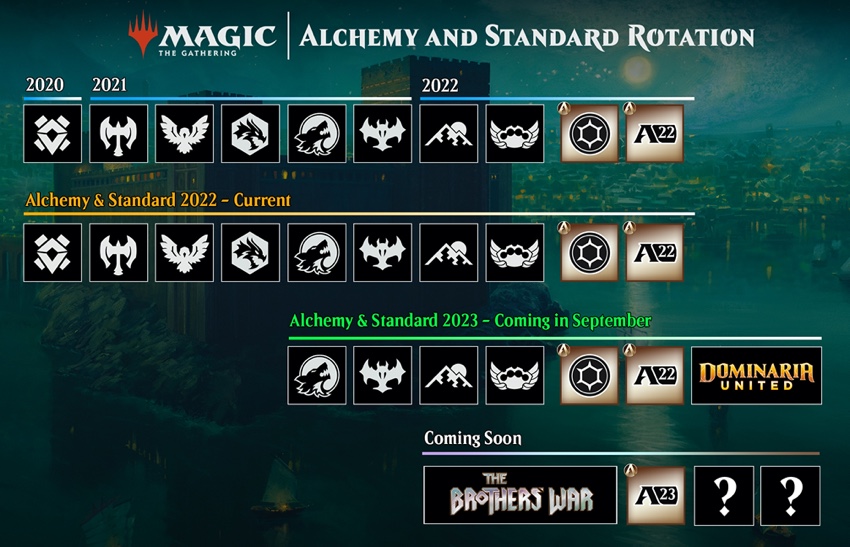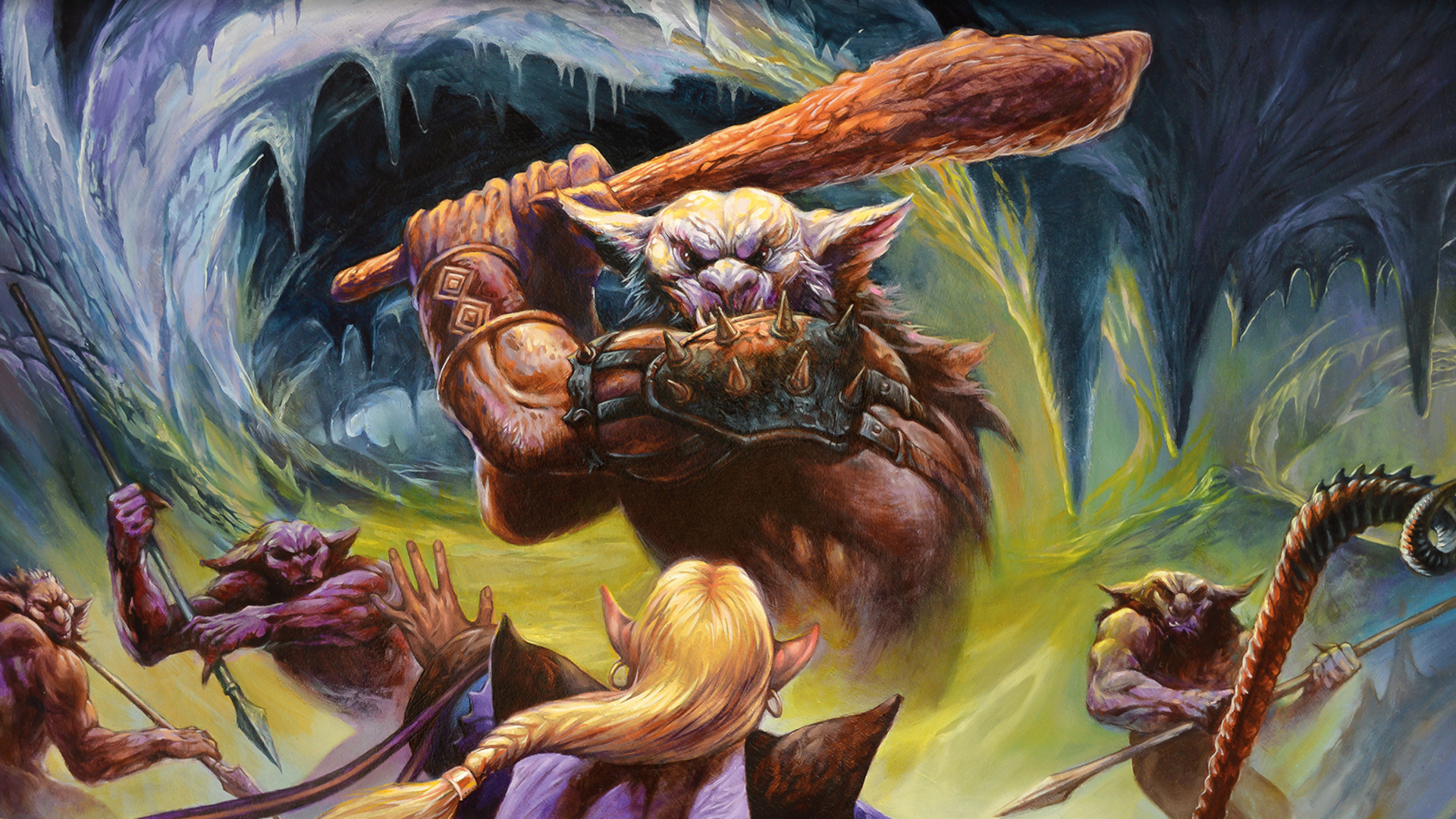Magic: The Gathering’s Standard rotation is an important rules principle intended to keep MTG’s most popular game format fair and balanced (and, er, drive sales of the newest MTG sets). But, with new cards being revealed seemingly by the hour in a never-ending ‘spoiler season’, it’s easy for new players to get confused about what makes the cut for being ‘Standard legal’, or even the more basic question: what the heck is Standard, anyway?
Standard is the main format for Magic: The Gathering; it’s the mode of play that most MTG sets are designed around (with a few recent exceptions, including Modern Horizons II and Commander Legends: Battle For Baldur’s Gate). Standard format is simple and recognisable – a head-to-head deathmatch with a 60-card deck and 20 life points each – but just as vital to its DNA is the format’s regular card rotation, or ‘renewal’.
Approximately four Standard sets come out each year (though, as we saw with 2021’s Innistrad: Midnight Hunt and Innistrad: Crimson Vow, these releases can ‘bunch up’ a little) and, once a year, the oldest four sets that still remain ‘in Standard’ get booted out, leaving the four newest sets to stay for another year.
The idea is that long-dominant cards and decks will periodically get knocked off their perches; tournament winners are forced to refresh their strategies; new players get a more level playing field; and everybody has a good reason to buy a bunch more cards at least once a year.
The last Standard rotation took place in the fall of 2021; when Midnight Hunt was released, the four oldest sets that came before it – Throne of Eldraine; Theros: Beyond Death; Ikoria: Lair of Behemoths; and Core Set 2021 – all rotated out of Standard.
With the release of Dominaria United on September 9, we’ll see the next Standard rotation – meaning Zendikar Rising, Kaldheim, Strixhaven, and Adventures in the Forgotten Realms will all leave the format. Of course, just because those cards won’t be in Standard anymore doesn’t mean you can’t use them; they’ll be legal in the non-returning ‘eternal’ formats, including Modern, Pioneer, and – of course – Commander.
Rotation is the key element that makes Standard different from other formats, and keeps it fresh year in, year out (alongside an MTG banlist that’s been updated more over the last few years than anytime previously in the history of the game).
By constantly changing the card pool – either by new set releases, annual rotation, or targeted card bans – Standard aims to have a continually shifting metagame, meaning that (in theory) there should never be a small number of decks that completely dominate the format.
But besides the competitive scene, one of Standard’s major advantages over most eternal formats is that it’s much easier to start playing.
Standard rotation ensures a relatively small card pool, meaning you don’t need an encyclopaedic knowledge of sets from the history of the game to play – and with that comes a slightly lower base-line power level. Nobody’s gonna be casting turn one Ragavan in Standard.
Source: Wargamer



